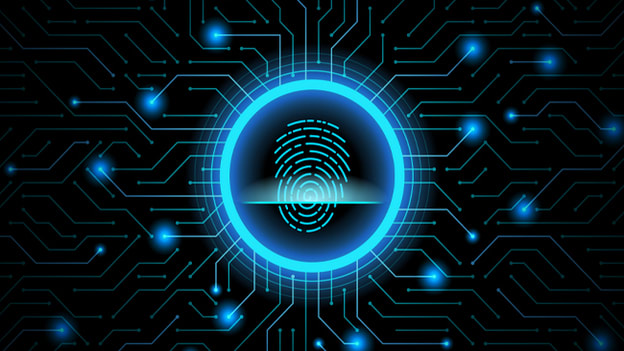In an era where data drives our digital world, the integrity of that data is of paramount importance. Unfortunately, data tampering has become a prevalent threat that undermines the trustworthiness and reliability of information. However, computer forensics has emerged as a powerful tool in unveiling such fraudulent activities and safeguarding the integrity of data. Computer forensics, also known as digital forensics, is a branch of forensic science that deals with the investigation and analysis of digital evidence. Its primary objective is to uncover the truth behind cybercrimes and data breaches by meticulously examining digital artifacts, such as files, system logs and network traffic. When it comes to data tampering, computer forensics plays a crucial role in identifying the malicious activities, understanding their impact and determining the culprits behind them.

The process of safeguarding data integrity through computer forensics begins with the identification of suspicious data or system anomalies. This can be triggered by various indicators, such as unexpected changes in file sizes, alterations in timestamps or discrepancies in log files. Once these red flags are detected, computer forensic experts employ specialized tools and techniques to gather evidence and perform a detailed analysis. One of the fundamental techniques used in computer forensics is data recovery. When data tampering occurs, perpetrators often attempt to cover their tracks by deleting or modifying files. However, with the help of advanced data recovery methods, forensic investigators can often retrieve seemingly lost or altered information from storage devices. This enables them to reconstruct the original state of the data and identify any unauthorized modifications. In addition to data recovery, computer forensics utilizes various other techniques to uncover evidence of data tampering. These include network forensics, which involves the examination of network traffic to detect any suspicious activities or unauthorized access attempts and investigate this page https://lifeviewresources.com/.
Once the evidence is collected and analyzed, computer forensic experts present their findings in a manner that is admissible in legal proceedings. This requires maintaining a meticulous chain of custody, ensuring the preservation and integrity of the evidence throughout the investigation. The forensic report generated serves as a comprehensive record of the investigation, documenting the methods used, the analysis performed and the conclusions drawn. By leveraging the power of computer forensics organizations and individuals can effectively combat data tampering and protect the integrity of their digital assets. Through thorough investigations and expert analysis, computer forensics exposes the truth behind fraudulent activities, holds the responsible parties accountable and helps in implementing robust measures to prevent future incidents. In conclusion, data tampering poses a significant threat to the integrity of digital information. However, computer forensics provides a crucial defense against this menace. By employing advanced techniques and methodologies, computer forensic experts can unveil data tampering, gather evidence and safeguard the integrity of data, ensuring that the digital landscape remains trustworthy and reliable.